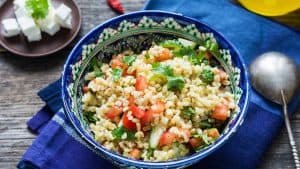
For many of us, when it comes to healthy aging, wheat or gluten is a newcomer to our dietary “foods to avoid” list. Even though we love our baguettes, pasta and pizza, they don’t seem to love us anymore.
While some people cannot handle wheat, others find that it is the gluten in wheat, rye or barley that is bothersome. Many people report feeling bloated, gassy, spacey and tired soon after they eat a meal containing wheat or gluten.
What Is Going on with “Modern” Wheat?
Today’s “modern” wheat is altered, hybridized and stripped of its bran and germ. As a result, the proportion of gluten protein in wheat is enormously elevated. Correlated to that, there is a fourfold upward trend of people becoming sensitive or intolerant to the gluten in wheat, rye and barley.
In other words, these people were not born with Celiac’s disease, which is an allergy to gluten. These people became intolerant to wheat or gluten over time.
Some researchers point to gut dysbiosis as a reason for the sensitivity. Gut dysbiosis is a condition where not enough beneficial bacteria inhabit the bowel. In their place is an overgrowth of “bad” bacteria and yeast. This condition is a result of taking antibiotics, experiencing stress and eating too much sugar. It occurs naturally with age.
We all know how yeast works when baking bread. Add a sweetener to yeast and bread rises, giving off carbon dioxide (CO2) and alcohol. When yeast overpopulates the bowels, eating foods that contain sugar or yeast, “feeds” the yeast, causing them to release gas. Thus, you get bloated and gassy.
Leaky Gut
Gut dysbiosis can lead to changes in the lining of the bowel, which increases the permeability of the intestines. This results in a condition called leaky gut. Leaky gut makes it easier for larger food particles to breach the walls of the intestines. Our immune system sitting behind the wall protects us from foreign invaders.
When we have leaky gut, the immune system doesn’t recognize these larger particles of wheat or gluten as food and mounts an attack that causes inflammation, bloating and that feeling of being spacey!
For me, a combination of genetics, blood sugar issues, a low white blood cell count and elevated gluten protein in the wheat probably contributed to my sensitivity. But what is a girl to do if her favorite foods contain wheat?
How Can I Satisfy My Cravings with Healthy Aging Choices?
Zucchini Pasta
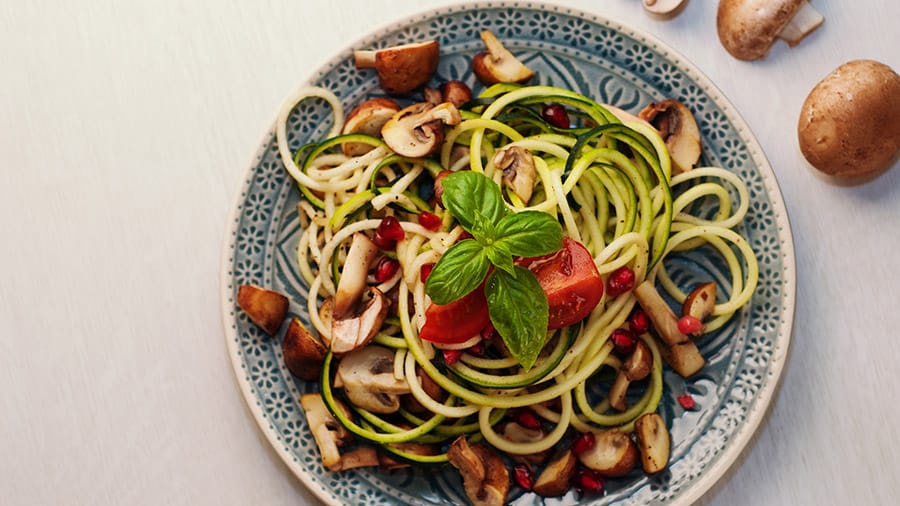
Head out to an upscale supermarket, like Whole Foods, and buy pre-made raw vegetable noodles like zucchini. Place the “zoodles” in a frying pan and drizzle olive oil over them to take the chill out. In another pot, heat up your favorite spaghetti sauce (or make your own.) Put the zoodles in a bowl, add sauce and voila, it’s pasta night!
I add parmesan cheese and some fresh basil. I am very happy. If you really love this recipe I recommend investing in a spiralizer or a Paderno turning slicer. Zucchini is good for about 24 hours once turned into pasta.
Tabouli or Tabbouleh
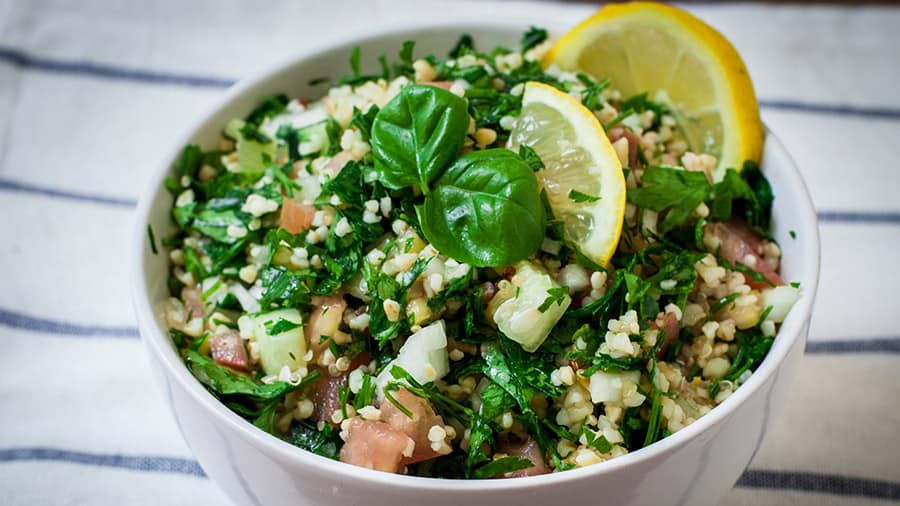
I love tabbouleh, a Middle Eastern vegetable dish that uses bulgur wheat for the base. Easy substitutes are cooked quinoa or cauliflower. Take the cauliflower and cut into large pieces. Place the cauliflower in a food processer and using the “S” blade, pulse until the cauliflower is in tiny pieces.
Place a cup of minced cauliflower (or a cup of quinoa) in a bowl. Add 1 cut up tomato, ½ cucumber chopped, ¼ cup fresh mint, 1 cup parsley. Dress with ¼ cup lemon juice, 2 Tbsp. olive oil and salt and pepper to taste.
How I Make Sandwiches
If you really want a sandwich “sandwich,” then gluten-free bread, waffles or wraps are your best option. I wanted to see what I could create with vegetables. My three favorites are nori wraps, blanched collard greens and red cabbage.
Nori Sandwich
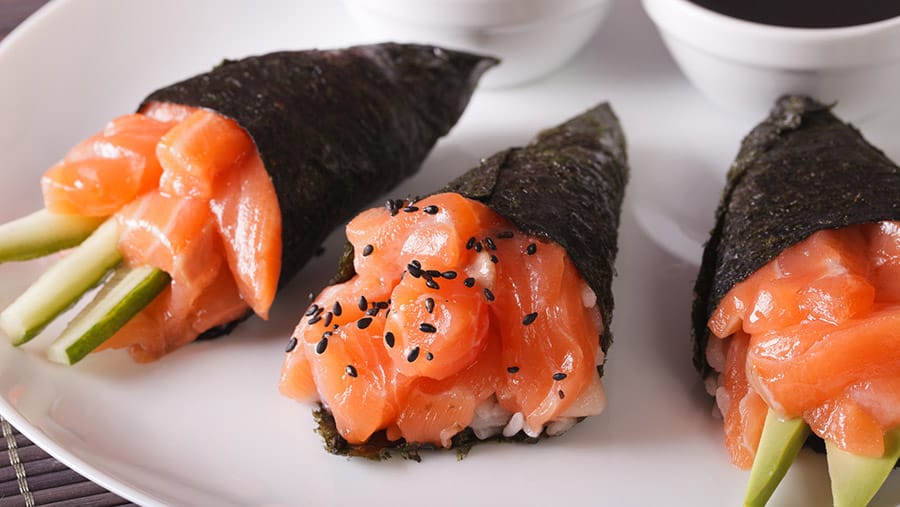
For my favorite nori sandwich: Take one sheet of nori and place it on a bamboo sushi rolling mat. Goal: fill ¼ of the nori sheet with what you want to add. I start with a little smear of peanut butter on the nori. Next, I add brown rice, thin avocado slices, steamed fish and ½ a scallion cut vertically. Once filled, roll the nori from the full end to the empty end, using the rolling mat to hold everything in place. Your sandwich should look like one long sushi roll when you are done.
Collard Greens
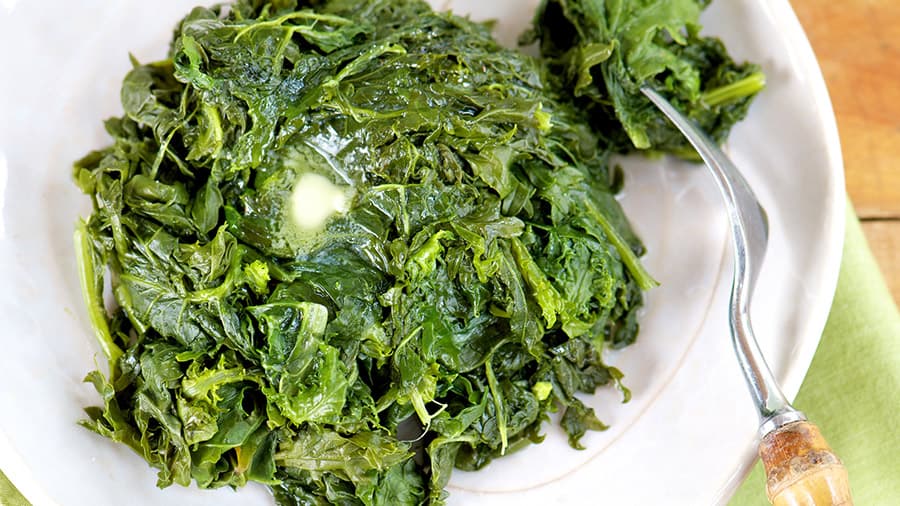
Collard greens are big leafy greens with a firm stem in the middle. Following the stem line, cut the greens off the stem so you end up with two big greens. Boil a small amount of water and place the greens in the water for 30 seconds. They will wilt but will remain be strong. Use these greens like the nori wraps, filling ¼ of the green with your meal and rolling them.
Red Cabbage
Red cabbage is a very sturdy vegetable. The goal is to peel off one layer and fold it in half like a taco. You may have to slice it near the center core to help peel it off. Fill the cabbage taco with anything you imagine: rice and beans, egg salad, tuna fish, chicken, smoked salmon with cream cheese, tomatoes, Bermuda onions and some capers.
While it isn’t easy to give up comfort food, at least there are some easy alternatives that are nutritious and delicious!
Let’s Have a Conversation:
Have you switched to a gluten free diet? Do you have any special foods or recipes that satisfy your cravings with healthy options? What other healthy aging tips can you share with the other women in our community? Please share in the comments.

